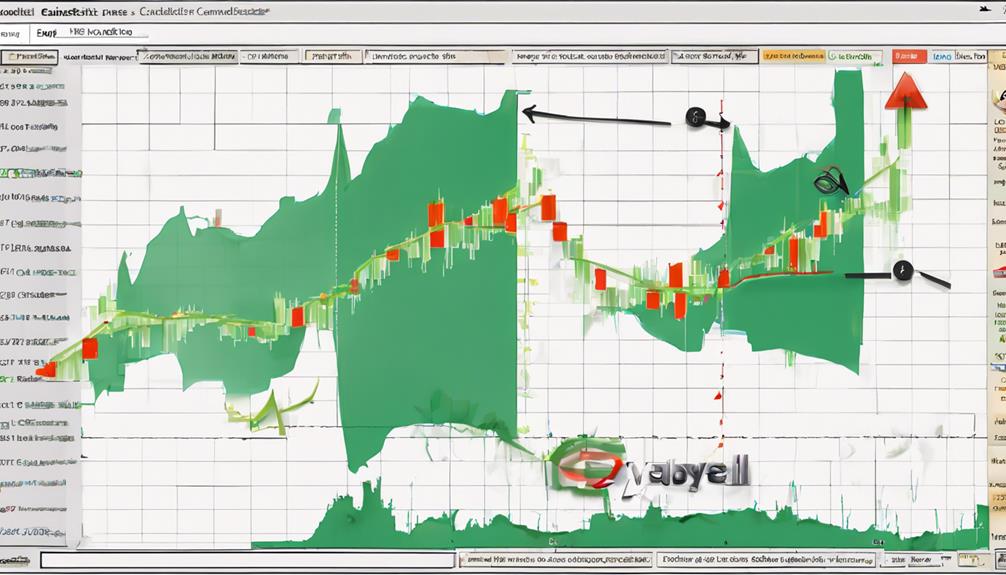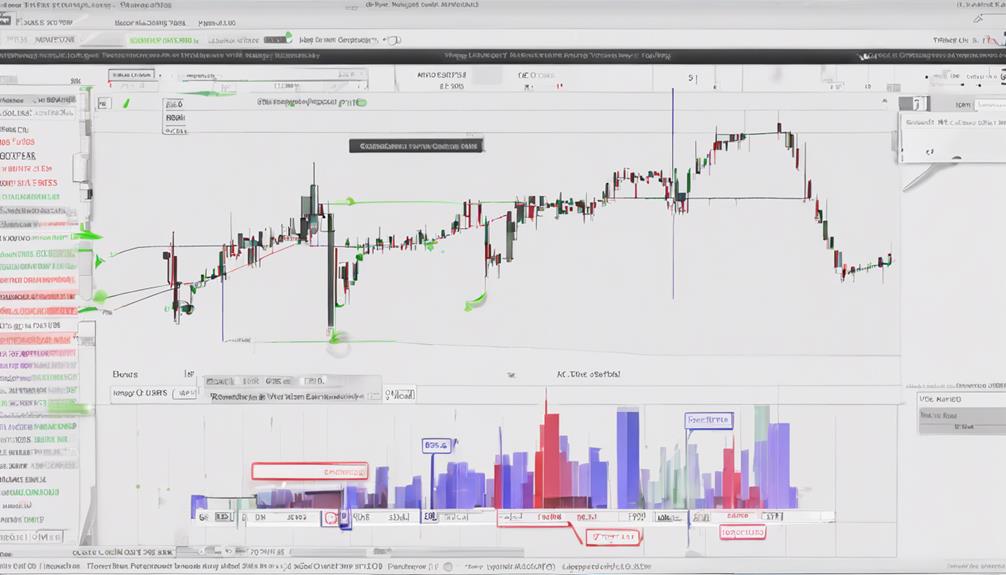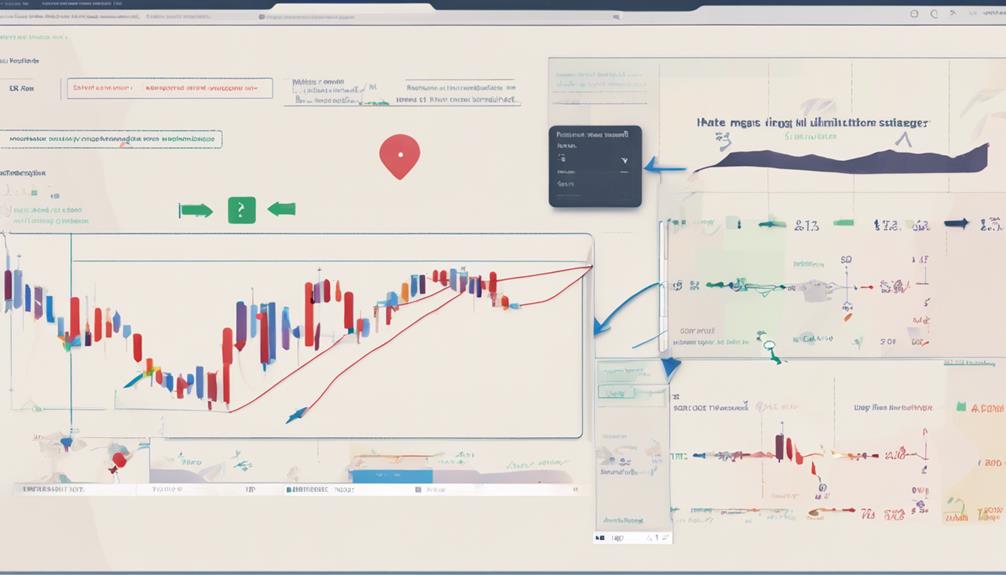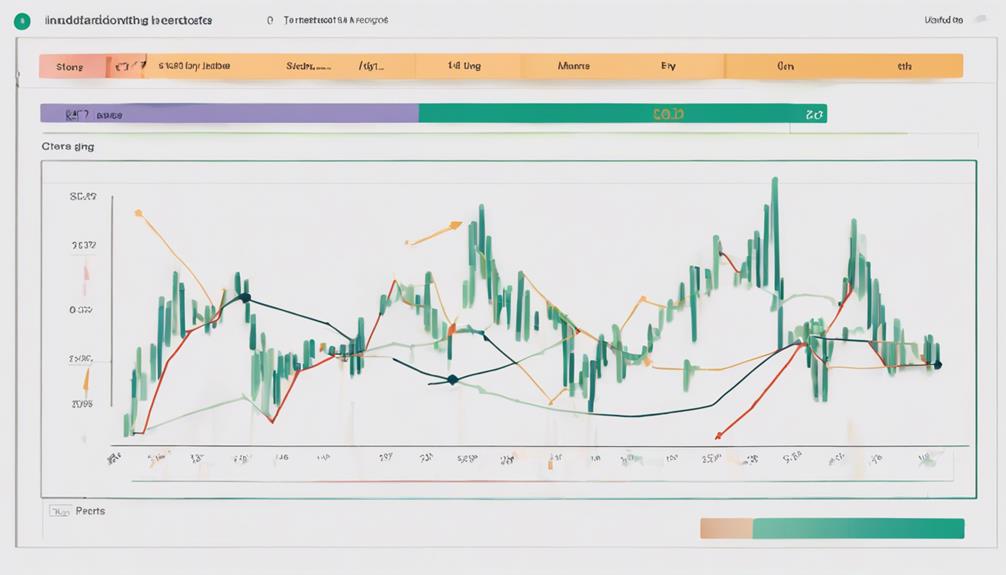Navigating the complexities of the financial markets often requires a keen understanding of various technical indicators, and the Rate of Change (ROC) Indicator is a fundamental tool in this realm. Traders rely on its insights to discern shifts in momentum, aiding in making informed decisions on market entries and exits.
However, mastering the nuances of this indicator can be challenging without a strategic approach. By exploring the top tips for utilizing the ROC Indicator effectively, traders can enhance their analytical skills and potentially improve their trading outcomes.
Interpretation Tips for ROC Indicator
When analyzing the ROC indicator, it is crucial to interpret its values with precision to grasp the underlying market sentiment effectively. The Rate of Change (ROC) is a momentum indicator that provides insights into the speed at which the price of an asset is changing. Positive ROC values indicate bullish momentum, suggesting a potential uptrend, while negative values signal bearish sentiment and a possible downtrend.
One key aspect to consider is the ROC crossing above or below the zero line. A crossing above zero may indicate a shift towards bullish sentiment, while a crossing below zero could suggest a move towards bearish territory. Monitoring ROC for divergences from price action can help identify potential trend reversals, providing traders with valuable signals for decision-making.
During consolidation periods when prices are relatively stable, ROC values near zero may indicate a lack of clear trend direction, signaling a period of uncertainty in the market. Understanding how the ROC reacts to price changes is essential for traders looking to make informed trading decisions based on momentum analysis.
Effective Trading Strategies With ROC

For traders seeking to enhance their market analysis and decision-making process, implementing effective trading strategies with the Rate of Change (ROC) indicator is essential. When utilizing ROC in trading, several key strategies can be employed:
- Positive and Negative Momentum Confirmation: Use ROC above the zero line to confirm positive momentum and below the zero line for negative momentum signals.
- ROC Crossovers with Moving Averages: Validate trade entry and exit points by incorporating ROC crossovers with moving averages.
- Identification of Trend Reversals and Breakouts: Identify potential trend reversals by observing ROC divergences from price action, and use ROC in breakout strategies by monitoring zero line crosses for new trend signals.
Maximizing ROC Indicator in Trading

To fully leverage the potential of the Rate of Change (ROC) indicator in trading, maximizing its effectiveness through strategic implementation is paramount.
Using a standard period of 12 days for comparing current and past closing prices can provide valuable insights into market dynamics. When the ROC is above the zero line and rising, it signifies accelerating uptrend momentum, indicating a favorable time for potential entry points.
Additionally, traders can utilize the ROC to identify potential trend reversals and market turning points, enhancing their decision-making process. By incorporating the ROC with moving averages, traders can confirm signals and improve the accuracy of their trades.
Generating entry and exit points based on positive or negative momentum signals derived from the ROC can further optimize trading strategies. By understanding how to interpret the ROC effectively, traders can make informed decisions and capitalize on market opportunities.
Overcoming Limitations of ROC

The effectiveness of the ROC indicator in trading can be enhanced by addressing its inherent limitations through strategic utilization of complementary tools and indicators. While the ROC indicator is valuable for assessing momentum, it is important to recognize its limitations to avoid common pitfalls such as false signals and whipsaws.
To overcome these challenges, traders can take the following steps:
- Confirm Signals: Given the potential for false signals, it is crucial to confirm ROC indications with other technical indicators to validate trading decisions.
- Seek Additional Confirmation: Divergence signals in ROC may not always accurately predict trend changes. Therefore, incorporating additional confirmation tools can help strengthen the reliability of trading signals.
- Combine Indicators: Combining the ROC indicator with other tools can provide a more comprehensive view of the market, reducing the likelihood of misinterpreting turning points and extremes.
ROC Indicator Best Practices

Utilizing the ROC indicator with a standard period calculation of typically 12 days is essential for conducting accurate momentum analysis in trading practices. Technical traders interpret ROC values above the zero line as indicating positive momentum and below the zero line as negative momentum.
To enhance the reliability of trading signals, it is recommended to implement moving averages alongside the ROC indicator. When using the ROC indicator, watch for instances where the rising ROC crosses the previous top, signaling a robust uptrend and potential trading opportunities.
However, traders should be cautious of whipsaws that may occur around the zero line, potentially leading to false signals. To mitigate this risk, consider utilizing other confirmation indicators in conjunction with the ROC indicator to increase trading accuracy and efficiency.
How Can I Utilize the Rate of Change Indicator Effectively?
The rate of change indicator importance cannot be overstated when it comes to trading. By analyzing the speed at which a stock’s price is changing, you can gain valuable insight into market trends and momentum. Utilize this indicator to make informed trading decisions and stay ahead of market fluctuations.
Frequently Asked Questions
How Do You Use Rate of Change Indicator?
The Rate of Change (ROC) Indicator is utilized to assess the percentage change in price over specific periods. It aids in identifying market trends, overbought or oversold conditions, and potential reversals through its comparison of current and past prices.
How Can We Use Indicators to Measure Rate of Change?
Indicators measure rate of change by analyzing price movements over a specified period, offering insights into market momentum and trend direction. These tools help traders identify potential buying or selling opportunities based on the speed of price fluctuations.
How Accurate Is ROC Indicator?
The accuracy of the ROC indicator varies based on market conditions, timeframe, and asset volatility. When used in conjunction with other indicators and analysis techniques, ROC can provide valuable insights into the speed of price changes and potential market trends.
How Much ROC Is Good?
An optimal Rate of Change (ROC) value is highly dependent on the specific market conditions and the timeframe being analyzed. Generally, a consistent positive ROC may indicate a strong uptrend, while a negative ROC could suggest a downtrend.
Conclusion
In conclusion, the Rate of Change (ROC) Indicator is a powerful tool for traders to analyze price momentum and make informed trading decisions. By understanding how to interpret ROC, develop effective strategies, maximize its use, and address its limitations, traders can enhance their trading performance.
Utilizing the ROC indicator in conjunction with other technical analysis tools can provide valuable insights and improve trading outcomes. As traders navigate the complexities of the market, mastering the ROC indicator can be a key component of success.
